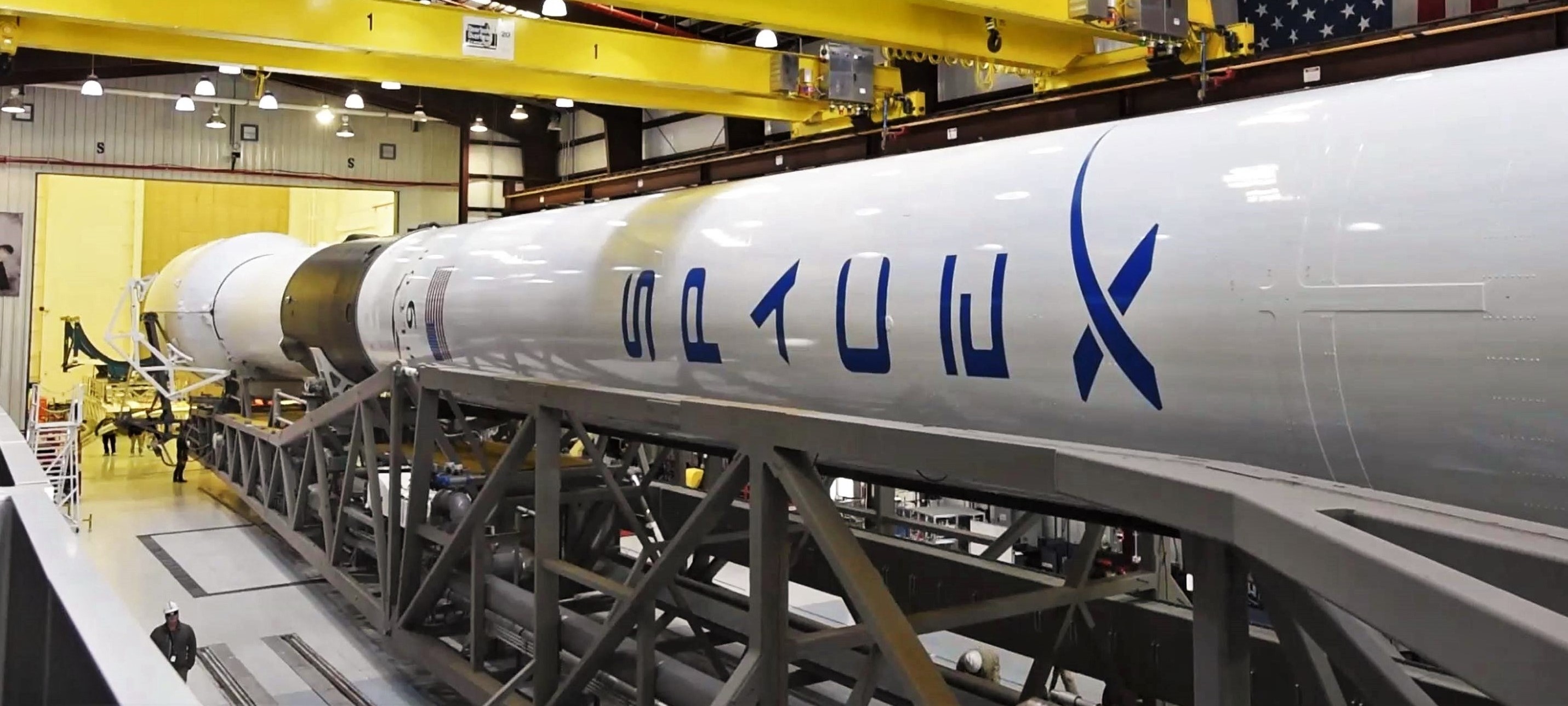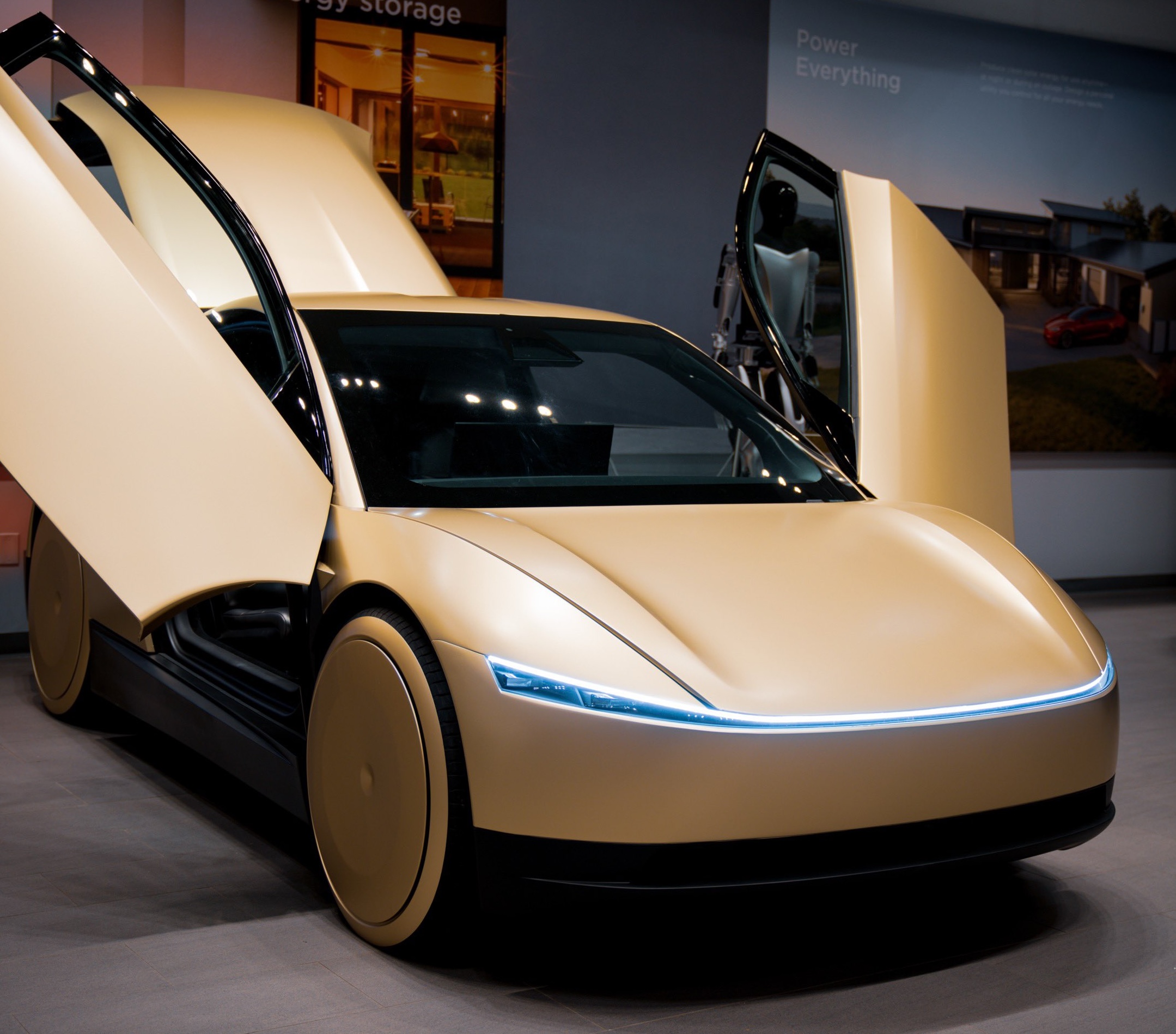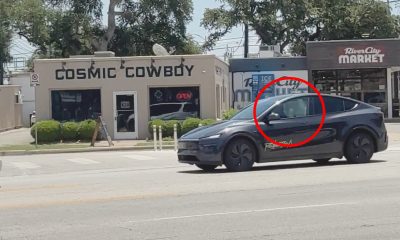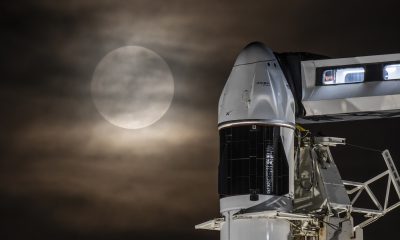

News
SpaceX sues US government to protest mystery launch or rocket R&D contracts
SpaceX has filed a lawsuit – technically a “Bid Protest Complaint” – against the United States government and successfully petitioned for the file to remain sealed, restricting access to additional case details for the time being.
This development follows a quiet series of bid protests SpaceX filed with the Government Accountability Office (GAO) in February 2019, shortly after NASA announced that it had awarded ULA a ~$150M launch contract for Lucy (a robotic Trojan asteroid explorer). SpaceX believed that it could perform the mission at a “dramatically lower” price, potentially saving the federal government tens of millions of dollars. SpaceX withdrew both of its GAO bid protests without comment on April 4th. Whether those prior protests are related to SpaceX’s May 2019 lawsuit is unclear.
Adding even more complexity and uncertainty to the series of events, NASA awarded SpaceX the launch contract for its Double Asteroid Redirection Test (DART) spacecraft on April 20th, about two weeks after SpaceX retracted its Lucy protests. The cause-and-effect relationship between both events is wholly ambiguous. Perhaps SpaceX withdrew before the company was made aware of their DART win. Perhaps they withdrew their protest because they learned of NASA’s award.
Regardless of what did or did not trigger the contract award, the fact remains that SpaceX’s DART launch will cost NASA ~$70M, less than half the price of ULA’s ~$150M Lucy launch contract. As such, it seems likely that launching Lucy on Falcon 9 could have saved the US government as much as $50M, assuming an expendable profile (~$100M per SpaceX’s latest GPS III launch contracts).

Returning to the topic at hand, the simplest explanation is that SpaceX’s GAO bid protests and May 2019 lawsuit are in some way related. Although SpaceX was clearly correct when it insinuated that it could launch Lucy far more affordably than ULA, the company was criticized for its GAO protests because they effectively froze – or at least complicated – work on the NASA spacecraft. In the event that the withdrawals and lawsuit are related, SpaceX would have backed down after entering into the slow GAO protest process, essentially conceding the contract to ULA and allowing spacecraft work to continue without disruption.
Replaced with a lawsuit against the US government, SpaceX could instead be attempting to change the processes that lead NASA to award ULA the Lucy launch contract in spite of potential savings on the order of ~$50M. SpaceX has done something similar once before when it sued the US Air Force for its uncompetitive launch procurement processes, a largely successful endeavor that has helped force some competition back into USAF/DoD launch contracts.


However, there are several additional possibilities for the actual subject of SpaceX’s latest sealed suit. Most recently, NASA distributed ~$46M among 11 companies for studies and prototypes of lunar landers, transfer vehicles, and in-space refueling technology. SpaceX tied with Aerojet Rocketdyne for the least substantial awards out of those 11 companies, each receiving funds for a single study, while most other awardees were contracted for multiple studies and/or prototypes. This is a stretch, however.
The most likely alternative to a continuation of SpaceX’s Lucy protest is a lawsuit focused on the USAF’s latest EELV/NSSL development contracts and its proposed continuation of block-buy launch procurement. Of the four companies involved, Blue Origin and SpaceX have both criticized the USAF for a variety of reasons. Both did agree, however, in their dislike of the USAF’s inexplicable desire to award all launch contracts to two victors, despite there being as many as four different launch vehicles that could feasibly compete for those several-dozen contracts.

For now, details of SpaceX’s latest lawsuit will remain sealed, leaving the company’s motivations veiled in mystery. SpaceX’s next USAF mission could occur as early as June 22nd. Known as STP-2, it will mark Falcon Heavy’s third flight, the rocket’s first defense-related launch, and the USAF’s first use of flight-proven SpaceX boosters. If successful, SpaceX will effectively be able to compete with ULA for all conceivable future launch contracts.
Check out Teslarati’s Marketplace! We offer Tesla accessories, including for the Tesla Cybertruck and Tesla Model 3.
Elon Musk
Tesla begins expanding Robotaxi access: here’s how you can ride
You can ride in a Tesla Robotaxi by heading to its website and filling out the interest form. The company is hand-picking some of those who have done this to gain access to the fleet.

Tesla has begun expanding Robotaxi access beyond the initial small group it offered rides to in late June, as it launched the driverless platform in Austin, Texas.
The small group of people enjoying the Robotaxi ride-hailing service is now growing, as several Austin-area residents are receiving invitations to test out the platform for themselves.
The first rides took place on June 22, and despite a very small number of very manageable and expected hiccups, Tesla Robotaxi was widely successful with its launch.
Tesla Robotaxi riders tout ‘smooth’ experience in first reviews of driverless service launch
However, Tesla is expanding the availability of the ride-hailing service to those living in Austin and its surrounding areas, hoping to gather more data and provide access to those who will utilize it on a daily basis.
Many of the people Tesla initially invited, including us, are not local to the Austin area.
There are a handful of people who are, but Tesla was evidently looking for more stable data collection, as many of those early invitees headed back to where they live.
The first handful of invitations in the second round of the Robotaxi platform’s Early Access Program are heading out to Austin locals:
I just got a @robotaxi invite! Super excited to go try the service out! pic.twitter.com/n9mN35KKFU
— Ethan McKanna (@ethanmckanna) July 1, 2025
Tesla likely saw an influx of data during the first week, as many traveled far and wide to say they were among the first to test the Robotaxi platform.
Now that the first week and a half of testing is over, Tesla is expanding invites to others. Many of those who have been chosen to gain access to the Robotaxi app and the ride-hailing service state that they simply filled out the interest form on the Robotaxi page of Tesla’s website.
That’s the easiest way you will also gain access, so be sure to fill out that form if you have any interest in riding in Robotaxi.
Tesla will continue to utilize data accumulated from these rides to enable more progress, and eventually, it will lead to even more people being able to hail rides from the driverless platform.
With more success, Tesla will start to phase out some of the Safety Monitors and Supervisors it is using to ensure things run smoothly. CEO Elon Musk said Tesla could start increasing the number of Robotaxis to monitors within the next couple of months.
Elon Musk
Tesla analyst issues stern warning to investors: forget Trump-Musk feud

A Tesla analyst today said that investors should not lose sight of what is truly important in the grand scheme of being a shareholder, and that any near-term drama between CEO Elon Musk and U.S. President Donald Trump should not outshine the progress made by the company.
Gene Munster of Deepwater Management said that Tesla’s progress in autonomy is a much larger influence and a significantly bigger part of the company’s story than any disagreement between political policies.
Munster appeared on CNBC‘s “Closing Bell” yesterday to reiterate this point:
“One thing that is critical for Tesla investors to remember is that what’s going on with the business, with autonomy, the progress that they’re making, albeit early, is much bigger than any feud that is going to happen week-to-week between the President and Elon. So, I understand the reaction, but ultimately, I think that cooler heads will prevail. If they don’t, autonomy is still coming, one way or the other.”
BREAKING: GENE MUNSTER SAYS — $TSLA AUTONOMY IS “MUCH BIGGER” THAN ANY FEUD 👀
He says robotaxis are coming regardless ! pic.twitter.com/ytpPcwUTFy
— TheSonOfWalkley (@TheSonOfWalkley) July 2, 2025
This is a point that other analysts like Dan Ives of Wedbush and Cathie Wood of ARK Invest also made yesterday.
On two occasions over the past month, Musk and President Trump have gotten involved in a very public disagreement over the “Big Beautiful Bill,” which officially passed through the Senate yesterday and is making its way to the House of Representatives.
Musk is upset with the spending in the bill, while President Trump continues to reiterate that the Tesla CEO is only frustrated with the removal of an “EV mandate,” which does not exist federally, nor is it something Musk has expressed any frustration with.
In fact, Musk has pushed back against keeping federal subsidies for EVs, as long as gas and oil subsidies are also removed.
Nevertheless, Ives and Wood both said yesterday that they believe the political hardship between Musk and President Trump will pass because both realize the world is a better place with them on the same team.
Munster’s perspective is that, even though Musk’s feud with President Trump could apply near-term pressure to the stock, the company’s progress in autonomy is an indication that, in the long term, Tesla is set up to succeed.
Tesla launched its Robotaxi platform in Austin on June 22 and is expanding access to more members of the public. Austin residents are now reporting that they have been invited to join the program.
Elon Musk
Tesla surges following better-than-expected delivery report
Tesla saw some positive momentum during trading hours as it reported its deliveries for Q2.

Tesla (NASDAQ: TSLA) surged over four percent on Wednesday morning after the company reported better-than-expected deliveries. It was nearly right on consensus estimations, as Wall Street predicted the company would deliver 385,000 cars in Q2.
Tesla reported that it delivered 384,122 vehicles in Q2. Many, including those inside the Tesla community, were anticipating deliveries in the 340,000 to 360,000 range, while Wall Street seemed to get it just right.
Tesla delivers 384,000 vehicles in Q2 2025, deploys 9.6 GWh in energy storage
Despite Tesla meeting consensus estimations, there were real concerns about what the company would report for Q2.
There were reportedly brief pauses in production at Gigafactory Texas during the quarter and the ramp of the new Model Y configuration across the globe were expected to provide headwinds for the EV maker during the quarter.
At noon on the East Coast, Tesla shares were up about 4.5 percent.
It is expected that Tesla will likely equal the number of deliveries it completed in both of the past two years.
It has hovered at the 1.8 million mark since 2023, and it seems it is right on pace to match that once again. Early last year, Tesla said that annual growth would be “notably lower” than expected due to its development of a new vehicle platform, which will enable more affordable models to be offered to the public.
These cars are expected to be unveiled at some point this year, as Tesla said they were “on track” to be produced in the first half of the year. Tesla has yet to unveil these vehicle designs to the public.
Dan Ives of Wedbush said in a note to investors this morning that the company’s rebound in China in June reflects good things to come, especially given the Model Y and its ramp across the world.
He also said that Musk’s commitment to the company and return from politics played a major role in the company’s performance in Q2:
“If Musk continues to lead and remain in the driver’s seat, we believe Tesla is on a path to an accelerated growth path over the coming years with deliveries expected to ramp in the back-half of 2025 following the Model Y refresh cycle.”
Ives maintained his $500 price target and the ‘Outperform’ rating he held on the stock:
“Tesla’s future is in many ways the brightest it’s ever been in our view given autonomous, FSD, robotics, and many other technology innovations now on the horizon with 90% of the valuation being driven by autonomous and robotics over the coming years but Musk needs to focus on driving Tesla and not putting his political views first. We maintain our OUTPERFORM and $500 PT.”
Moving forward, investors will look to see some gradual growth over the next few quarters. At worst, Tesla should look to match 2023 and 2024 full-year delivery figures, which could be beaten if the automaker can offer those affordable models by the end of the year.
-

 Elon Musk2 days ago
Elon Musk2 days agoTesla investors will be shocked by Jim Cramer’s latest assessment
-

 News1 week ago
News1 week agoTesla Robotaxi’s biggest challenge seems to be this one thing
-

 Elon Musk2 weeks ago
Elon Musk2 weeks agoElon Musk slams Bloomberg’s shocking xAI cash burn claims
-

 News2 weeks ago
News2 weeks agoTexas lawmakers urge Tesla to delay Austin robotaxi launch to September
-

 Elon Musk1 week ago
Elon Musk1 week agoFirst Look at Tesla’s Robotaxi App: features, design, and more
-

 Elon Musk2 weeks ago
Elon Musk2 weeks agoTesla Robotaxis are becoming a common sight on Austin’s public roads
-

 Elon Musk2 weeks ago
Elon Musk2 weeks agoSpaceX President meets India Minister after Starlink approval
-

 Elon Musk2 weeks ago
Elon Musk2 weeks agoxAI’s Grok 3 partners with Oracle Cloud for corporate AI innovation

















